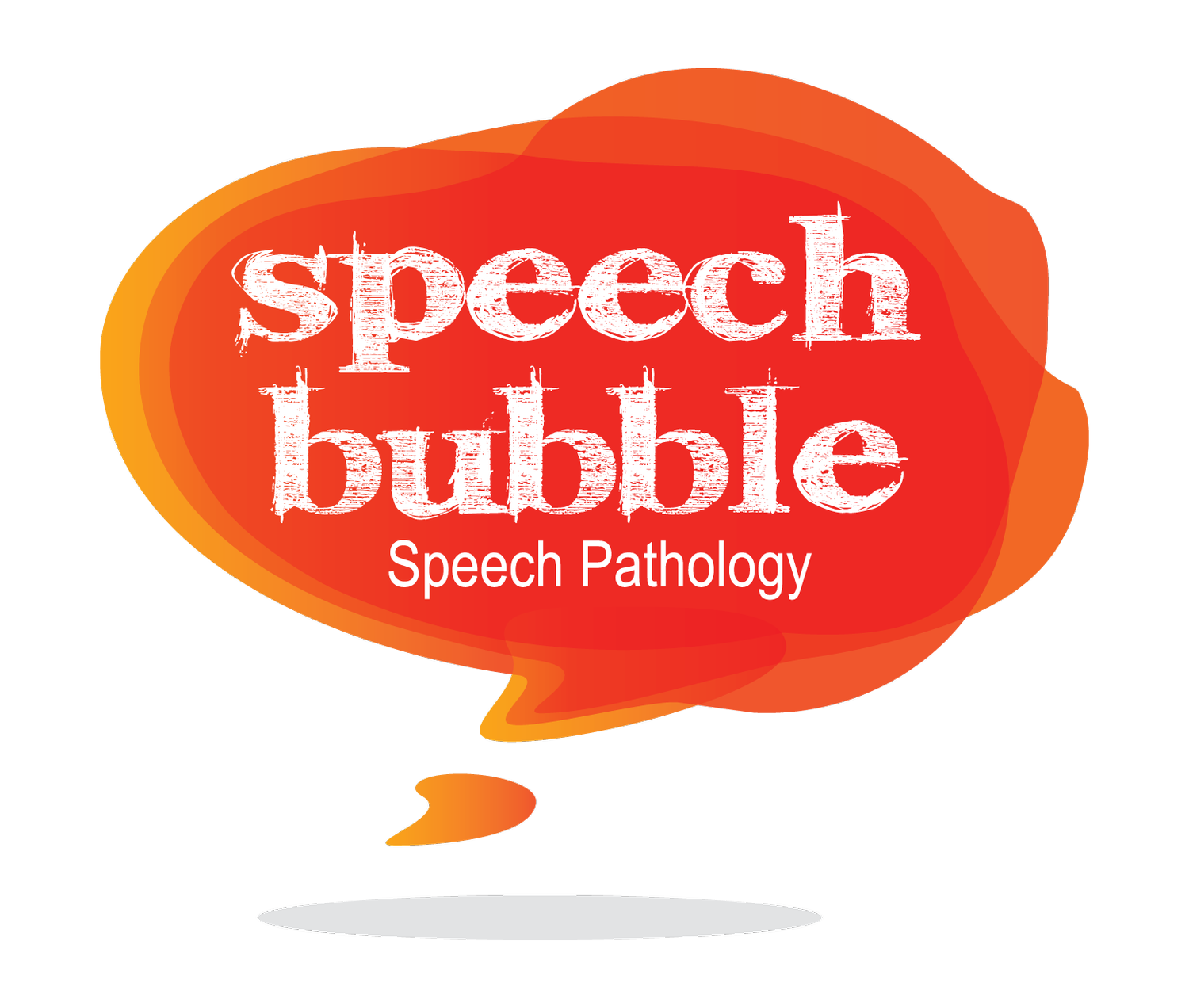Articulation & Phonological Disorders
Summary
Children with speech sound disorder have difficulty forming speech sounds. They may have trouble articulating individual sounds, being understood, modulating the volume and timing of speech, and they may stutter or lisp. Speech sound disorder is distinct from language disorder in that it involves a disability to produce sound, whereas children with language disorder struggle to comprehend and produce language.
Symptoms
Difficulty coordinating the movement of the jaw, tongue, and lips, which all aid clear articulation
Difficult to understand speech past the age of three years old
Struggling with to produce specific speech sounds
Speech development that lags children their age
Impairments in motor coordination of facial muscles, such as chewing or nose-blowing
Hoarse, raspy, or nasal voice
Abruptly changing the pitch or volume of speech
Running out of air while speaking
Lisping or stuttering
Treatment of Speech Sound Disorder
Speech sound disorders are usually treated with speech therapy, where kids can learn how to create sounds they struggle with and differentiate between the ones they tend to mix up. In mild cases, the disorder can disappear of its own accord.
These facts are for educational purposes only. Please consult with your GP or other health professionals to make sure any information you read is right for your child.

